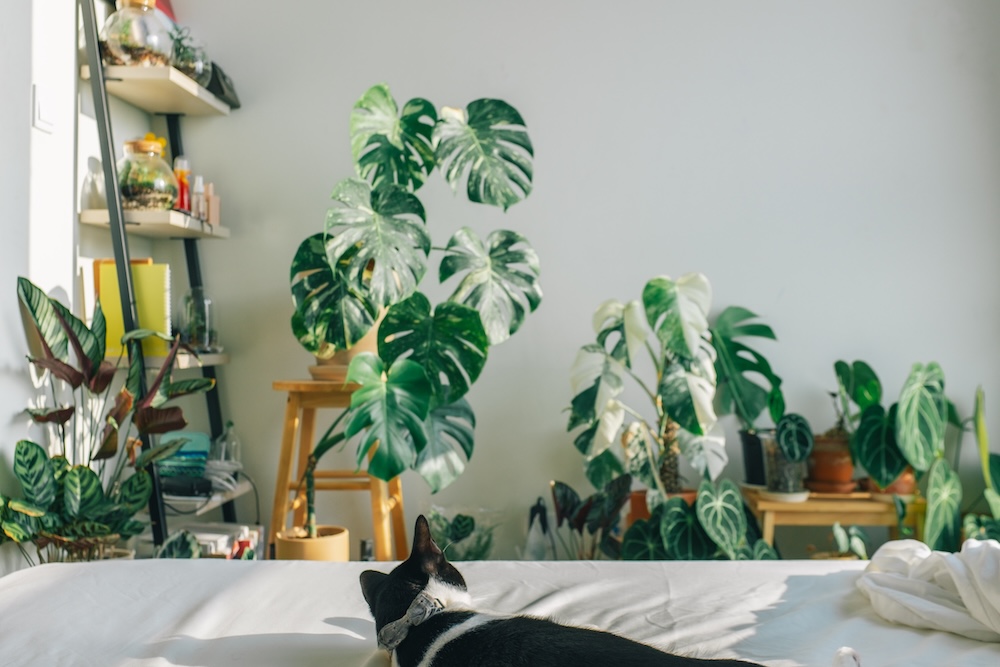Written on: November 9, 2023

When it comes to creating a comfortable and healthy home environment, one often overlooked aspect is indoor air quality. The quality of the air we breathe indoors can have a significant impact on our overall well-being, especially during the winter months when we rely heavily on home heating systems. We want our families to be warm and cozy, breathing clean air that just happens to be the perfect temperature.
1. Regular Cleaning:
•Dust and vacuum your home regularly, especially high-traffic areas.
•Consider using natural and non-toxic cleaning solutions like vinegar, baking soda, and lemon for a safer indoor environment.
2. Ventilation:
•Open windows and doors to let in fresh air whenever possible.
•Use exhaust fans in the kitchen and bathroom to remove pollutants and moisture.
•Consider using an air exchanger or heat recovery ventilator for controlled ventilation.
3. Change Filters:
•Change or clean HVAC filters as recommended by the manufacturer (typically every 1-3 months).
4. Professional inspection:
•Schedule regular inspections and professional cleanings to keep your system running efficiently.
•Have your HVAC ducts inspected and cleaned as needed to prevent the buildup of dust and mold.
5. Manage Humidity:
•Maintain indoor humidity levels between 30-50% to prevent mold and dust mites.
•Use a dehumidifier or humidifier as needed to achieve the ideal humidity. The most reliable method to measure humidity is to use a hygrometer. The number it displays is the relative humidity, which is the percentage of vapor in the air compared to the highest possible amount.
6. Green Plants:
•Incorporate indoor plants like snake plants, peace lilies, or spider plants to help purify the air.
7. Control Allergens:
• Use allergen-proof covers on mattresses and pillows to reduce exposure to dust mites.
• Wash bedding, curtains, and rugs frequently to remove allergens.
• Keep pets groomed and bathe them regularly to reduce dander, a common allergy.
10. Limit Clutter:
•Minimize clutter and avoid excessive storage in enclosed spaces, as it can trap dust and impede airflow.
11. Seal Leaks:
•Seal any gaps and cracks in doors and windows to prevent outdoor pollutants from entering your home.
12. Air Purifiers:
•Consider using portable or professionally installed air purifiers with HEPA (high efficiency particulate air) filters to further clean the air, especially in bedrooms or areas with high pollution.
By following these DIY tips, you can significantly improve the indoor air quality in your home, making it a healthier and more comfortable living space for you and your family.